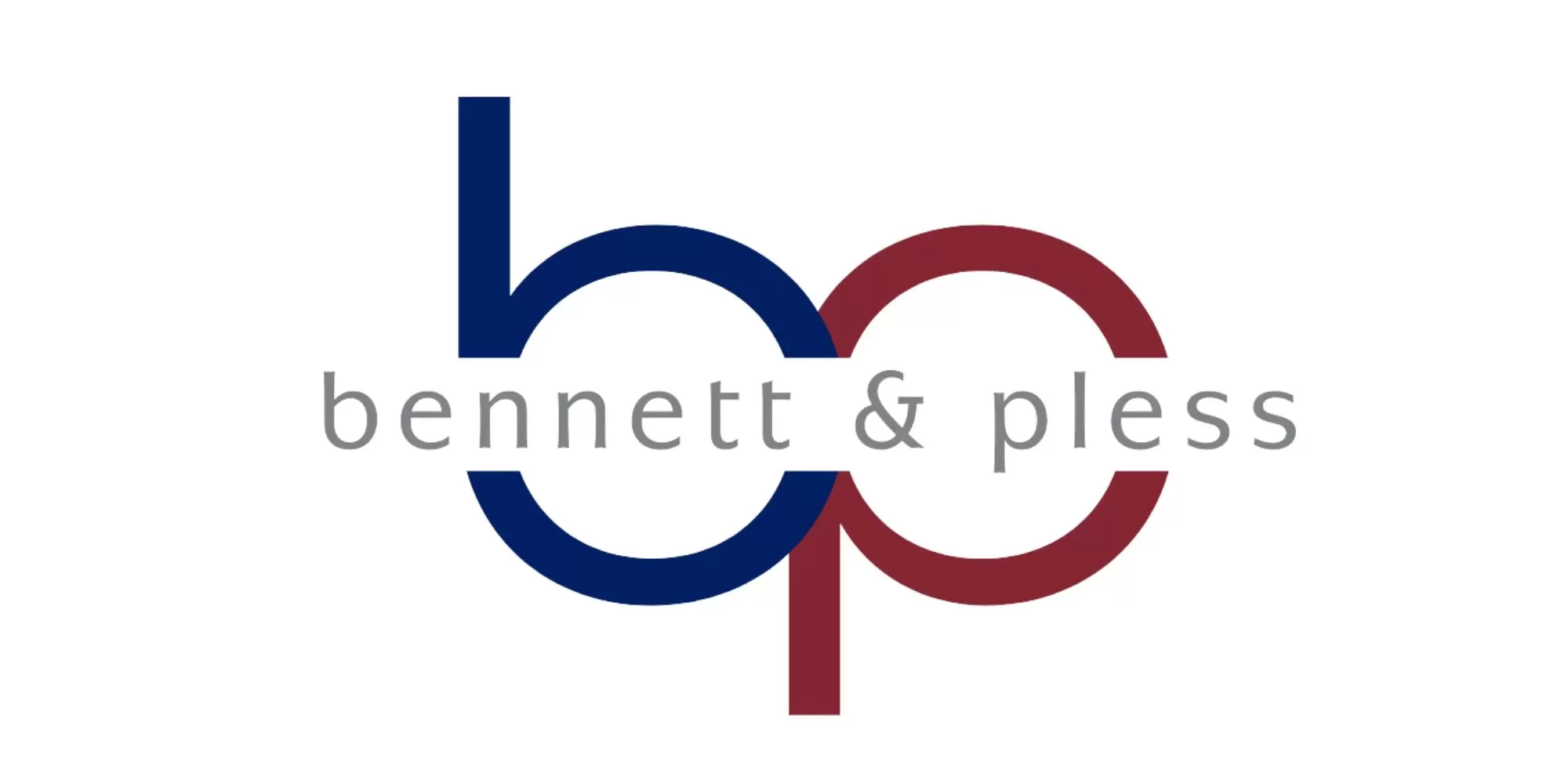September 4, 2020 Article 6
Rob Phillips, PE, Sr. Project Specialist
The definition of adapt is to make something suitable for a new use or purpose. The definition of reuse is to use again more than once. It makes perfect sense then that adaptive reuse projects are meant to take a building and modify it to make it suitable for a new purpose so that others can use and enjoy that building again.
Adaptive reuse has become an effective strategy for optimizing the operational and commercial performance of already constructed buildings. Our Charlotte office has seen a great increase in the demand for these types of projects throughout the City of Charlotte. Rob Phillips, Associate and Senior Project Specialist in Charlotte, shared with us the aspects that make up adaptive reuse structural projects.
In Charlotte adaptive reuse is booming; turning old industrial and manufacturing buildings into office space, retail stores, and even breweries! A lot of the old buildings have sat vacant, and instead of demolishing them, architects and engineers see an opportunity to take a building in decent shape with loads of character and charm and re-purpose.
Rob has seen this want for repurposed spaces really come alive in the last 10 years. Charlotte is a city filled with young entrepreneurs who are not only looking for the next step in their career, but also a unique place to live and work
Some of Rob’s favorite adaptive reuse projects are found at 1801 North Tryon and the Parkwood Church Apartments. 1801 North Tryon took 5 existing buildings, cut out a middle lane between them, and repurposed both sides into two large office/retail buildings. The Parkwood Church Apartments were repurposed for residential use. Rob’s team took an old Presbyterian church built in 1929 with Neoclassical and Goth aesthetics and renovated it into 16 beautiful, modern residential units.
While the success of adaptive reuse makes every project seem easy, it’s quite the opposite. Rob explained to us that sometimes newer engineers shy away from these projects because of the level of expertise needed. However, those in the senior staff welcome these complex projects, and pull on their ground up experience. Thinking outside the box to retrofit these buildings, open up walls while preventing cracking in the masonry, and bringing them up to code creates exciting challenges for engineers. The end result is getting to visualize what they have helped to restore and literally bring back to life.



